Home Inspection Certifications
Add Additional Services to Your Business and Win More Jobs
Add additional services and increase revenue for your home inspection business. Our online certification courses* bring the expertise of experienced and knowledgeable home inspectors to your desktop, any time and at any pace. Many of our online courses provide you with an eTextbook to download and study at your own pace. Once you’ve studied from our best-in-class courses you will take an online test in order to pass the course and get certified.
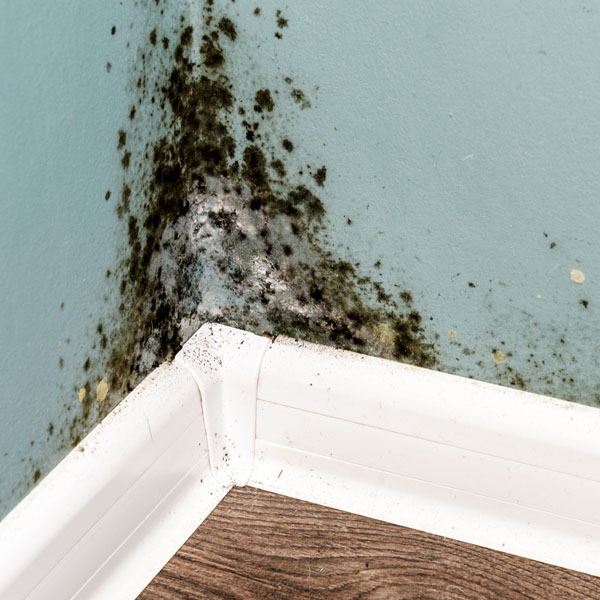
Certified Mold Assessor Technician
Our 16-hour Certified Mold Assessor Technician Course is offered in an online, self-paced format, allowing you to learn around your schedule. Online presentations are supplemented with a course manual, EPA Guides, client agreements, and… Read More.
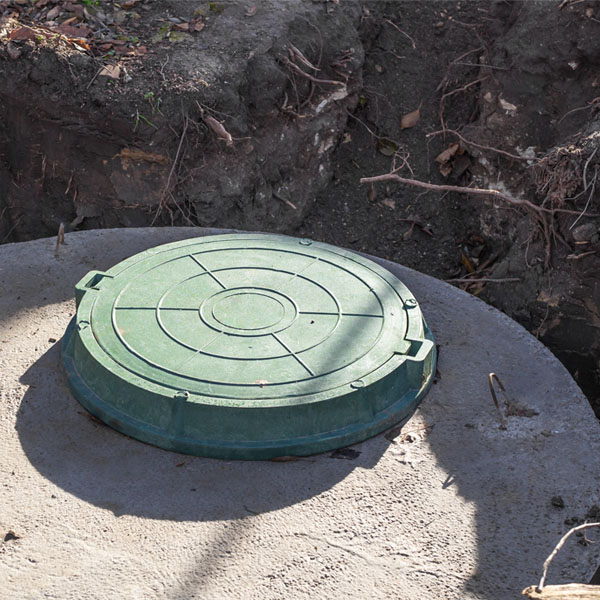
General Septic Inspection/Dye Testing Course
Our 3-hour Septic Inspection and Dye Testing course can help inspectors offer this service. We will provide you the knowledge on how to assess the plumbing drain systems, what a septic field is… Read More.
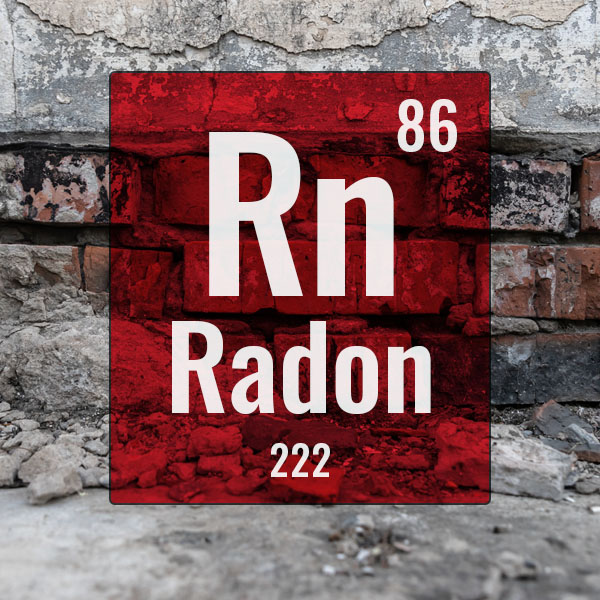
Radon Measurement Professional
The 16-hour Initial Radon Measurement Technician course will teach individuals the methods that are used in radon testing for real estate purposes and individual homeowner tests. Read More.
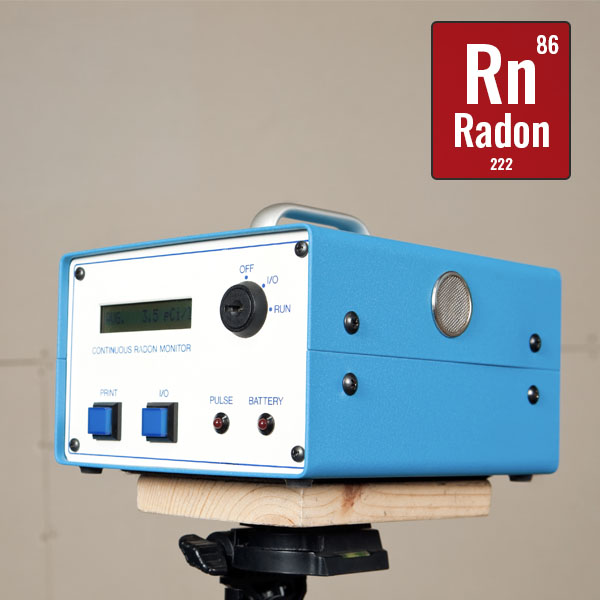
Initial Radon Measurement Professional Webinar
AHIT has partnered with Joe Lyons and ECAN to offer this live 16-hour Initial Radon Measurement Technician online home inspection webinar course. Learn the methods that are used in radon testing… Read More.

Termites and Other Wood Destroying Pests
This 20-hour course includes extensive material on insects and diseases common to urban and industrial areas. This is a comprehensive training program in the management of pests in wood… Read More.
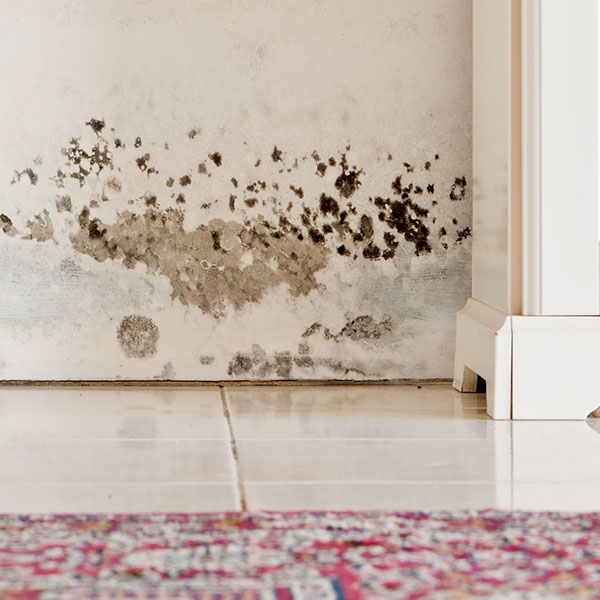
Certified Mold Assessor Technician Webinar
AHIT has partnered with Joe Lyons and ECAN to offer this live 16-hour Certified Mold Assessment Technician home inspection webinar course. Read More.

Indoor Air Quality Technician
By taking this 16-hour Certified Indoor Air Quality course individuals will be taught the industry methods that are used in assessing buildings for conditions that cause bad IAQ. Read More.

Inspecting Commercial Properties
AHIT’s Commercial Inspections Course follows the American Society for Testing and Materials (ASTM) Standard E2018-15. Completion of this course will open up new revenue opportunities for home inspectors and home builders, alike. Read More.

Radon Measurement Professional Continuing Education Online Course
This course is designed for those who are Certified in Radon Measurement who need 16 CEUs or a 16 hr re-entry requirement. The NRPP as well as most State Radon licensing programs, excluding NJ, IL, and FL… Read More.

Water Testing: Water System Inspection & Sampling
This 3-hour Water Testing course can help inspectors offer this service. We will provide you the knowledge on how to assess the well or water supply systems, different types of water systems, what bacteria… Read More.
*Courses not offered for Colorado residents.
CALL 800-441-9411
EMAIL training@ahit.com
to speak with a Career Advisor.
